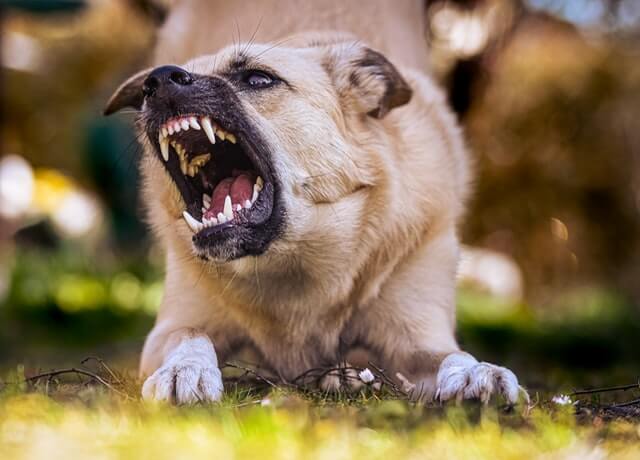There’s nothing scarier than realising that your beloved dog isn’t acting like themselves or is showing signs that something isn’t quite right. When this happens, you understandably want to know what is going on, fast. This is especially true if your dog has been bitten by a wild animal or come into contact with their saliva.
If you suspect that your dog might have been infected with rabies, you must get them to an emergency vet as soon as possible. Not sure what the symptoms of rabies are or how your dog may have been infected? Read on for more information.

How do dogs get rabies?
How can you tell if a dog has rabies?
To spot rabies in a dog, you will need to look for signs of a recent fight, like bite marks or open wounds, since rabies is typically spread through animal bites. However, if they don’t have any of these signs but you believe they may have come into contact with the saliva of an infected animal, you will have to monitor their behaviour.
Once the virus has entered your dog’s body, it travels to the brain and attacks their nervous system. Check for symptoms such as excessive salivating, difficulty swallowing, seizures, paralysis, fever, staggering and muscle paralysis. As the disease progresses, your dog will become extremely sensitive to light and sound and will become easily overstimulated.
How long does it take for rabies to show in dogs?
Can a dog recover from rabies?
What is the best way to prevent rabies in your dog?
Luckily, prevention is much easier than trying to cure rabies. The rabies vaccine is an essential vaccine and prevents your pet from developing the disease if they are exposed to it from an infected animal.
The rabies vaccine utilises an inactive form of the virus to help protect your pet, however, the immune response will deteriorate over time, so your dog will require booster shots to keep their immunity as high as possible. Depending on which form of the vaccine your dog gets, they will need to have booster shots once every year or once every three years.
Rabies is a nasty virus and once contracted, is fatal in the majority of infected dogs if they haven’t been vaccinated. It is, however, a preventable disease. Ensure that your beloved dog is up to date with their vaccinations and do your best to keep them away from wild animals if you can. If you suspect that they have been in contact with an infected animal, get them to your emergency vet ASAP. If you suspect that your dog may have been exposed to rabies, get in touch with our team today.



